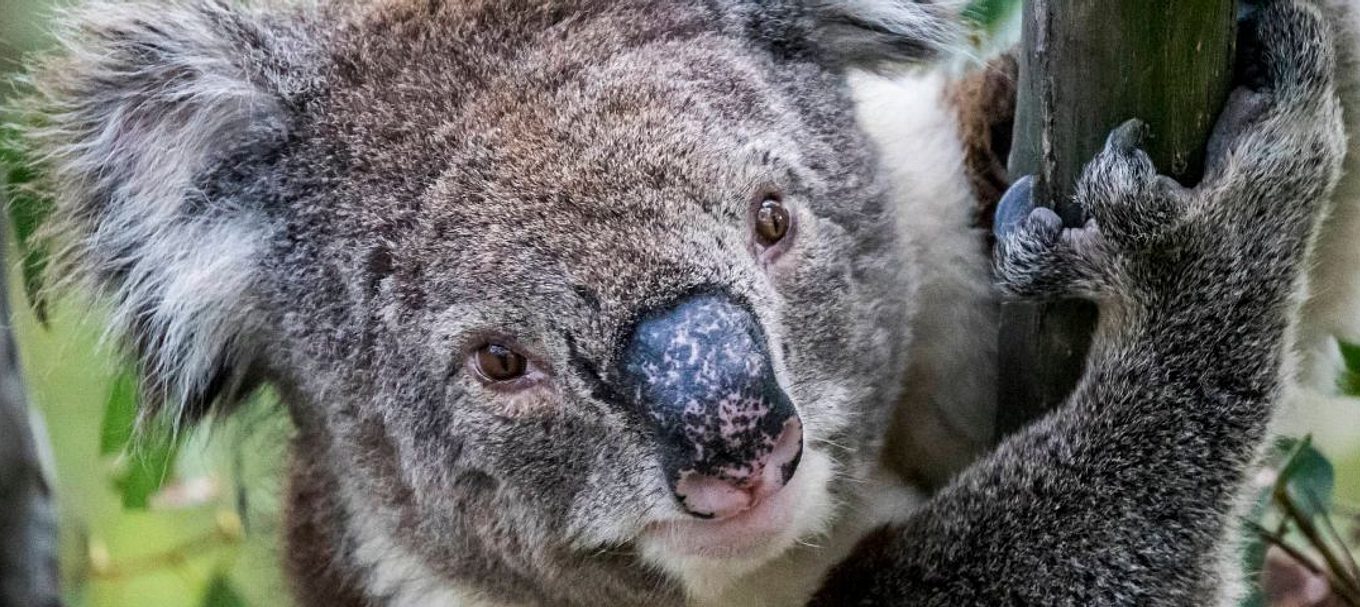
How drones and fitness trackers are helping South Australian researchers monitor koalas
Wearable fitness monitors – Fitbits, Garmins and Apple watches – have exploded in popularity with people becoming more in-tune with their health and wellbeing.
Used for tracking your heart-rate, they are a great tool for tracking your fitness goals. But they can have other clever uses, including helping research our native wildlife.
Koalas wearing Fitbits and drones in the sky
A group of captive koalas at Cleland Wildlife Park are joining in on the wearables trend, all part of important research to help save the species.
Researchers from Flinders University, supported by conservation charity Koala Life and the South Australian government, are investigating whether using drones to monitor koalas has impacts on them.
And that’s where the Fitbits come in. These devices monitor the koala’s heart rate as the drones buzz near-by, so scientists can learn whether it’s causing stress or any other impacts on our furry friends.
So what are the drones being used for?
The traditional way of surveying koalas is to catch them and take them out of their tree. No-one likes being dragged out of bed, and koalas don’t like being taken out of their trees either.
Flinders University has now developed new facial recognition technology to identify individual animals, and is hoping to using a drone-mounted camera to count, identify and re-identify the koalas.
‘But how?’, you ask. Good question! Like human fingerprints, each koala nose is unique. So when the drone takes a picture of a koala’s nose, it can be used to identify individuals.
The images are stored in a database and artificial intelligence is used to match images to see if a koala found today has been spotted before.
This cutting-edge technology will be used as part of a study on koalas on Kangaroo Island and in the Adelaide Mount Lofty Ranges to get a better understanding of both their numbers and their movements.
Being able to recognise individuals in the wild will help grow our understanding of individual movements as well as population estimates.
This will allow the development of sound population management strategies.
What’s next?
So back to the Fitbits. Through this research, researchers aim to be able to determine if the drone method really is low-impact on koalas and whether it is suitable to use over the long-term into the future, hence the Fitbits tracking their heartrates when the drones buzz nearby.
Koalas are declining in parts of Australia. While in South Australia numbers are pretty good, the recent bushfires have reduced numbers dramatically.
Koala Life is a bridge between science and conservation efforts which aims to ensure researchers and the public have access to the best information and knowledge. Learn more by visiting thewebsite.





